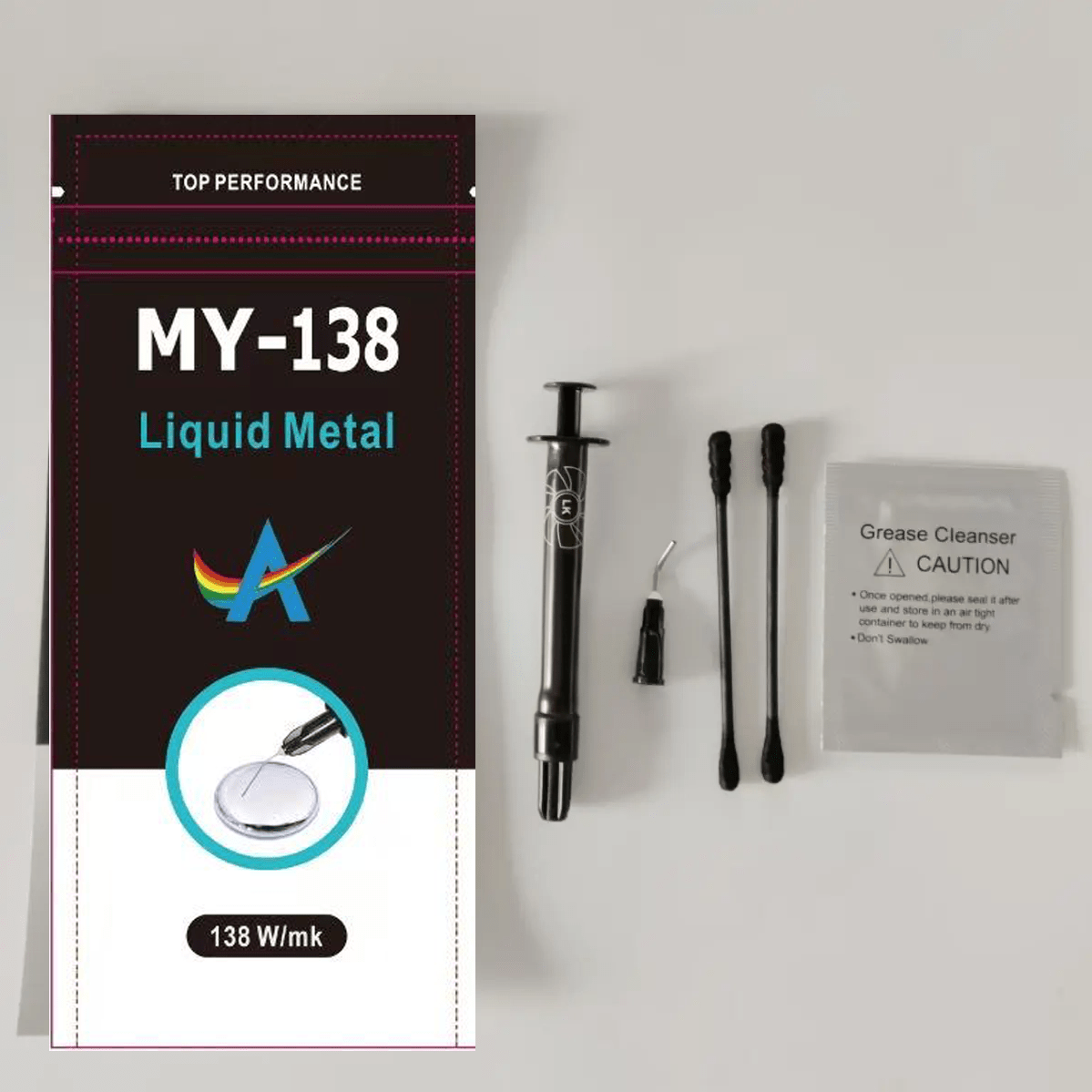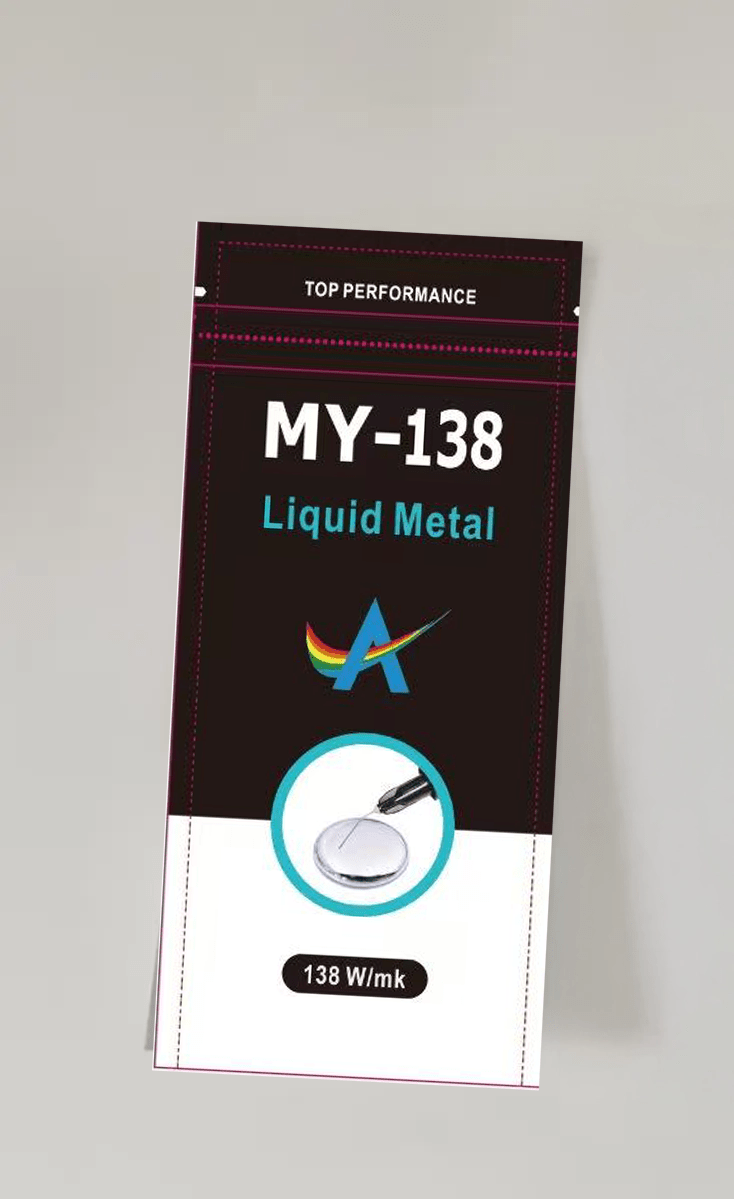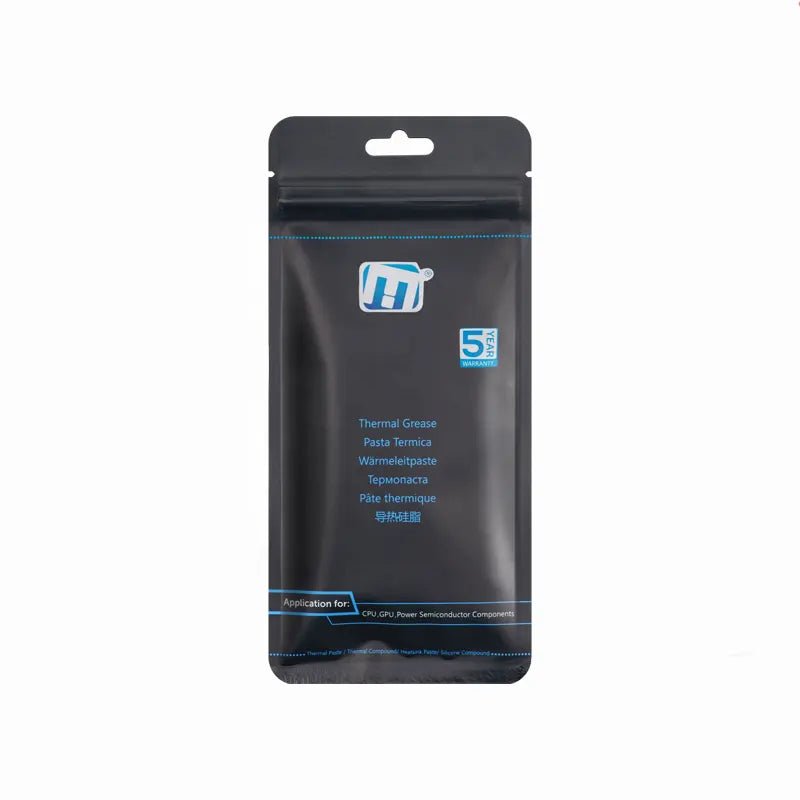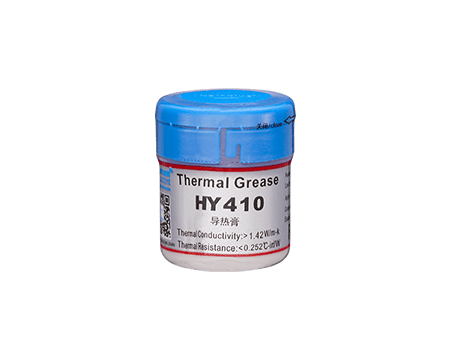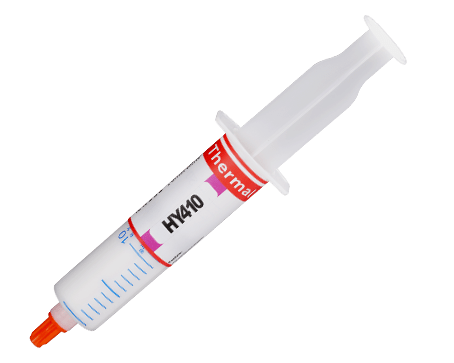Applying liquid metal thermal paste requires careful handling since it can be conductive and potentially damaging if mishandled. Here's a brief guide on how to apply it properly:
Tools You'll Need:
- Liquid metal thermal paste (e.g., Thermal Grizzly Conductonaut or similar)
- Isopropyl alcohol (99%) for cleaning
- Lint-free cloth or paper towel
- A plastic spatula or applicator (optional)
- Gloves (optional for protection)
Steps to Apply Liquid Metal Thermal Paste:
-
Preparation:
- Ensure your CPU/GPU and heatsink are clean and free of old thermal paste. Use isopropyl alcohol (99%) and a lint-free cloth or paper towel to clean both surfaces thoroughly.
- Wear gloves if you want to avoid contact with the liquid metal.
-
Apply the Liquid Metal:
- Small Dot Method: Place a small, pea-sized dot of liquid metal in the center of the CPU/GPU surface. Liquid metal is more fluid than traditional thermal paste, so you need only a tiny amount.
- Spreading (Optional): You can gently spread the liquid metal with a plastic spatula or applicator, but be careful not to overdo it. Usually, the pressure from the heatsink will spread it evenly, so only a thin layer is needed.
-
Place the Heatsink:
- Carefully place the heatsink or cooler onto the CPU/GPU without moving it around too much to avoid creating air pockets.
- Tighten the screws evenly to ensure proper pressure distribution.
-
Check for Proper Coverage:
- After securing the heatsink, you can check the paste application by removing the heatsink after a short time to see if the paste has spread evenly. If needed, apply a little more or reapply in a different manner.
Safety Tips:
- Be Precise: Liquid metal is conductive, so avoid letting it spill over onto the motherboard or any electrical components. Be extra cautious with it.
- Avoid Excess: Too much liquid metal can cause leakage and may damage components.
- Use a Paper Towel or Wipe to Clean: If liquid metal spills, clean it immediately using a paper towel with isopropyl alcohol.
That's it! Once applied and the heatsink is in place, you're good to go. Liquid metal generally offers better thermal performance than traditional thermal pastes, but make sure to handle it with care
